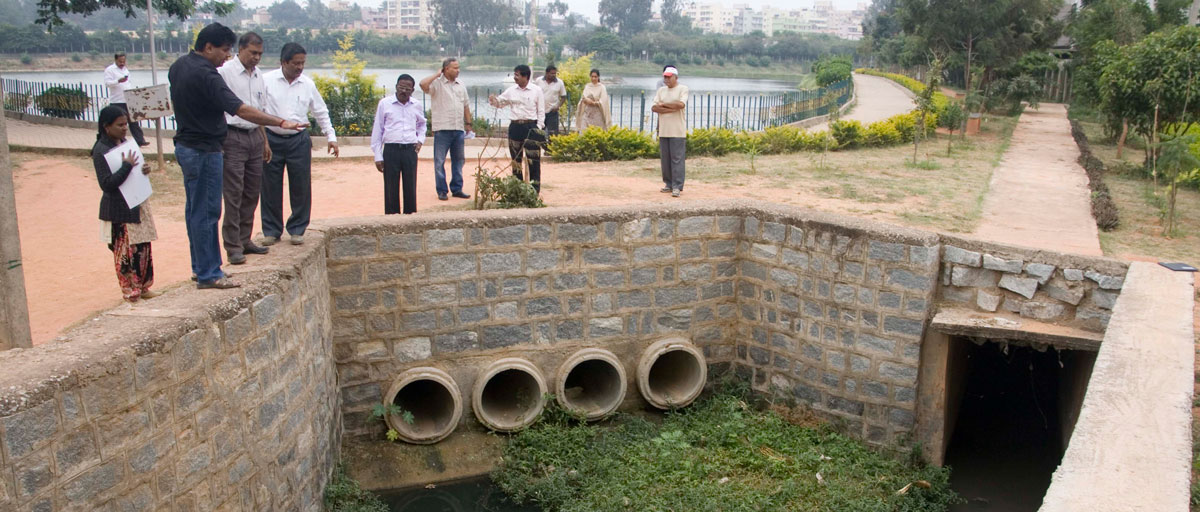Are bottom-up approaches good for promoting social–ecological fit in urban landscapes?
Summary
Bottom-up approaches are often presented as a remedy to environmental governance problems caused by poorly aligned social institutions and fragmented ecosystems. However, there is a lack of empirical evidence demonstrating how such social–ecological fit might emerge and help achieve desirable outcomes. This paper combines quantitative social–ecological network analysis with interviews to investigate whether bottom-up approaches in lake governance improve the fit. We study groups of residents seeking to improve management of a network of lakes in Bengaluru, India. Results show that 23 ‘lake groups’ collaborate in a way that aligns with how lakes are hydrologically connected, thus strengthening the social–ecological fit. Three groups founded around 2010 have mobilized support from municipal officers and introduced an ecosystem-based approach to lake management that recognizes their ecological functions and dependence on, the broader hydrological network. These groups have also changed how other lake groups operate: groups founded after 2010 are more collaborative and more prone to contribute to social–ecological fit compared to the older lake groups. This paper demonstrates the utility of a theoretically informed method for examining the impact of bottom-up approaches, which, we argue, is important for a more informed perspective on their relevance and potential contribution to urban environmental governance.







